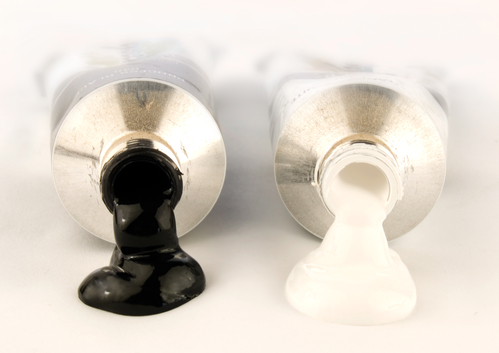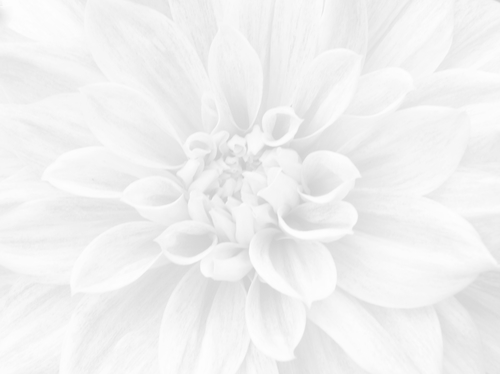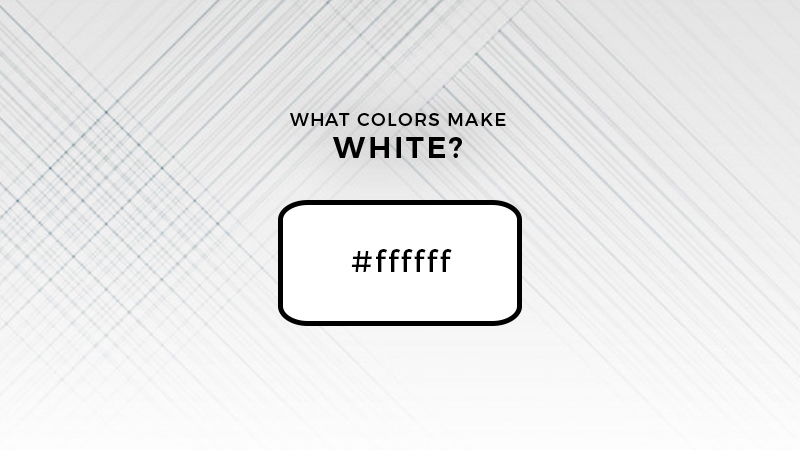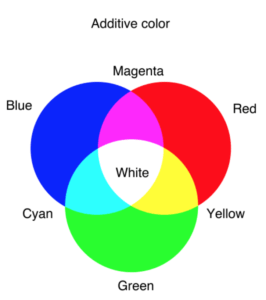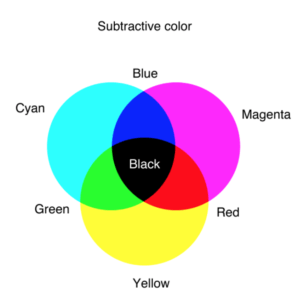What Colors Make White? How to Make White
In this article, we’re going to discuss what colors make white and how to make white paint.
Keep reading…
A landscape covered in freshly fallen snow. A blank page, waiting for inspiration to strike. Your computer screen when you’re typing a document.
What do these things have in common? The color white.
When talking about colors, white is something of an anomaly. Usually, it’s depicted as negative space; the area that needs colors or designs put upon it.
Nonetheless, white can be a powerful tool for both the artist and the designer. White is the most common color that starts with “W”.
But what colors make white? How can you create the color white from scratch? Today we’re going to look into this hue and see if we can’t unlock its secrets.
Color Theory: White
One thing to understand about the fundamental nature of color is saturation. The more saturated a color is, the deeper and richer it is.
You can also mix colors to create new shades, which is how we wind up with such a vibrant display of different hues.
How to Mix Colors Together
There are two methods by which you can do this. First, there is additive mixing, which is when you combine two shades of light together.
Since each light is building on the other, it can produce a brighter color.
Second, there is subtractive mixing. This is what most people are familiar with, as it’s the process of combining paints or other colored substances to make another hue.
This is the most common form of color mixing, but it is somewhat limited, particularly when it comes to making white.
Achromatic Colors
Both black and white are sometimes seen as being outside of the color wheel.
Since they are usually a form of shading (making another color brighter or darker), they don’t exist in the same way as other hues.
As such, they are called achromatic. They don’t have any saturation or hue: they are simply a shade.
Gray is another example of achromatic, although it’s not as easy to classify as both black and white.
Overall, when trying to understand how to make white, it’s essential that you realize that there are limitations to the color itself, which can make it challenging to create from scratch.
White in Design
As we mentioned, this shade is usually employed as negative space. A blank sheet of paper, an unpainted wall, or an empty document on the computer is all perfect examples of where white is the background that needs to be filled in.
Nonetheless, the color white does have some incredible psychological connotations. Typically, it is seen as being pure and clean.
An unsullied canvas that is both inviting and calming. Understanding how white affects our senses and our perceptions means that you can utilize it much more effectively in your designs.
White is also much more radiant than other colors. Even hues like yellow or bright green are dark in comparison to pure white, which is why it can seem like it’s a beacon of light in your design.
However, because of its heavy connotation with negative space, you have to be careful when employing sections of white in your projects.
If there is a part of your piece that is pure white, some may think that something is missing, or that that section is blank.
As such, it’s imperative that you create it in such a way as to illustrate that it’s supposed to be there.
The other thing about white is that there are different shades of it. You can have a slightly darker tinge, which can create a more dynamic mood, particularly when coupled with other colors.
Nonetheless, you can also mask the shading by pairing the white with something dark and bold.
Overall, white is an excellent way to add luster and shine to your project, provided that you know how to implement it effectively.
What Colors Make White?
Alright, now that we have explained some color theories around white, let’s answer the simple question of how to make white.
As we mentioned, there are two processes by which you can mix colors. Additive mixing is the only way to get white since you can place beams of opposing hues (e.g. blue and yellow) and make white.
In this case, rather than creating a different color (such as green), the lights will always generate the color white.
With subtractive mixing, however, there is no way to create this shade. White is the absence of color, which means that the more you mix, the further away you get from achieving white.
Instead, you’ll start making darker hues until you get to black.
Unfortunately, no matter what you do, there is no way to take two colors and produce white. Instead, you have to desaturate the hue until there is nothing left.
Since this process can be time-consuming and somewhat complicated (depending on the material you’re desaturating), it’s usually better to find pre-made white substances (e.g. paint), rather than try to create them on your own.
Bottom Line
When it comes to any other color on the visible spectrum, there is a method of making it through subtractive mixing.
White, on the other hand, is a bit of an anomaly. It is not the presence of color, but the absence of it. So when someone asks “what colors make white?” you can reply “none.”
This is part of the reason why white is so unique and desirable. Its purity is that it has been untainted by any hue, which can make a powerful statement in your designs.
However, because of this power, you must understand the fundamental aspects of this shade before you can start to use it effectively.
Hope this helped you understand the theory of how to make white.
Read Latest Posts

Hi, I'm Anthony Tran! Welcome to my site. I live in Arizona and am obsessed with all things related to building an Online Business and working from home. Learn about my journey here.
Follow Online

